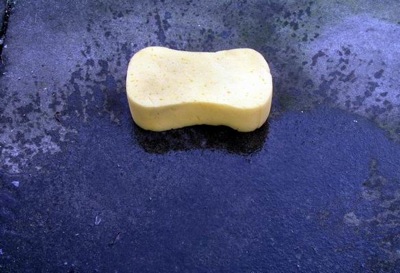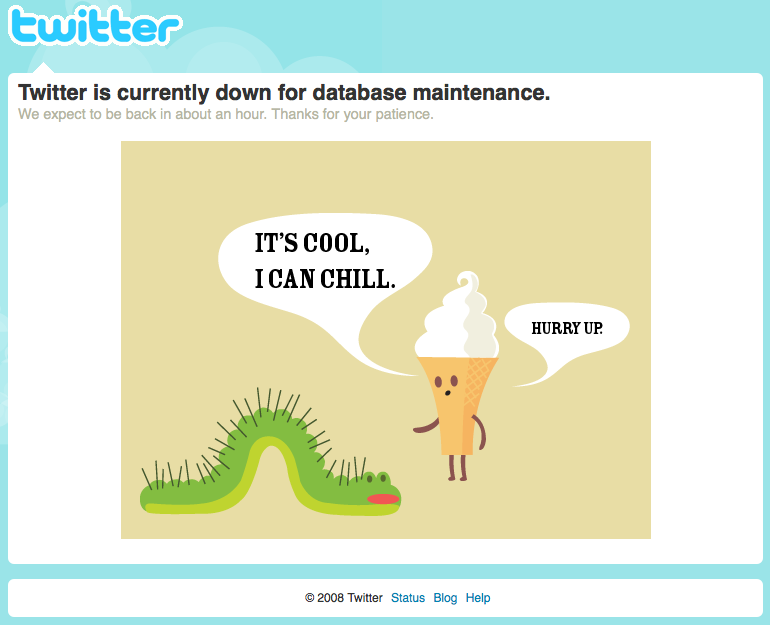After using Twitter as my push-based latest-news system for five months, I’ve gone back to the “traditional” use of Twitter. Without IM and large follower functionality, Twitter offers no way to experience a flow of tweets.

“What have I done!?”
I’ve gone back to the traditional use of Twitter. The method more than 95% of the userbase uses it for. I now use it to stay in touch with the people I’ve met and know personally, rather than using Twitter as a medium for info aggregation. It’s not possible to use Twitter how I did in the past.
If you know my series on flow (it kicked off here), you know what I was doing and how cool it was. I got the idea partially from Robert Scoble’s entry, The Secret to Twitter. His use was brilliant and it worked amazingly well!
Back in March of ’08 I began following any interesting person I thought to be intelligent and putting out informative tweets. Primarily I found people in the software development, new media, aviation, library science, and management arenas. I ended up following 6,218 people at the high (last week). Everyone’s updates were viewed in IM and I would see an amazing flow of information.
Usually hundreds of tweets per minute, forcing me to read very quickly and get a quick read on the blogging, technology, and media areas in a short period of time. It allowed me to find articles and posts that would have filtered in slowly on RSS (arguably, if I had more than my 632 RSS feeds I’d find more information here, too).
It was great. Flip on iChat over breakfast and watch the flow while eating granola and yogurt. An ideal start to the day.
But in the last week I’ve culled over 4,000. The removed are people who don’t follow me and who I never met in real life. The chance of our interaction is very small, and if we meet I’ll follow.
I’m looking forward to having more intimate interaction with friends and followers. Focus will shift more towards FriendFeed and Google Reader (RSS).




